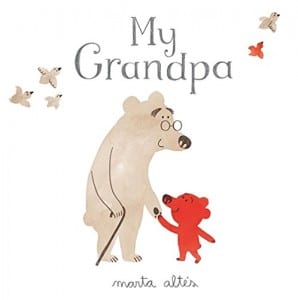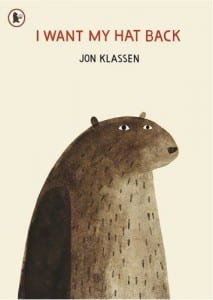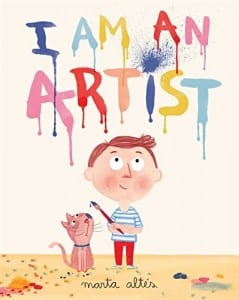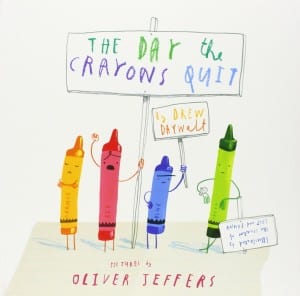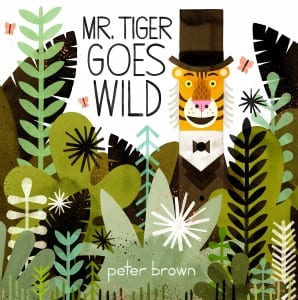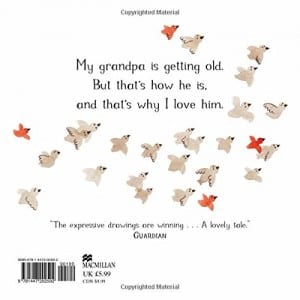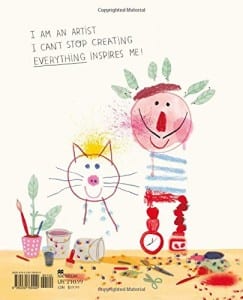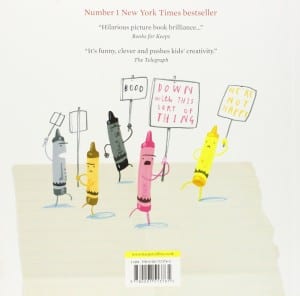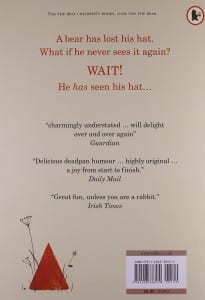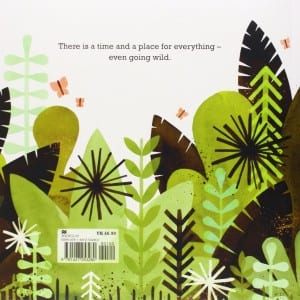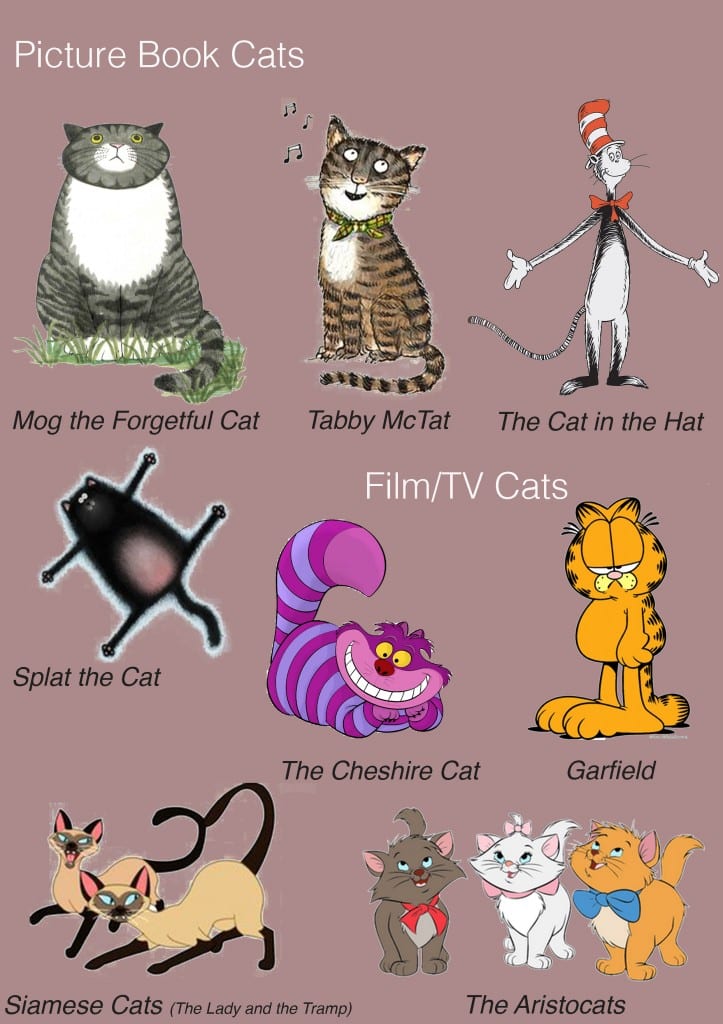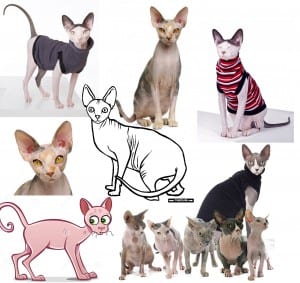Due to never designing or writing a children’s book before, I knew I would need to do some research into both to get an understanding of picture books.
Child Illustrators: Making Meaning through Visual Art in Picture Books (Villarreal and Minton and Martinez, 2015)
This article defines a picture book as “a complex format that tells stories through a combination of pictures and words”. The article begins by establishing how “For young children, picture books are ideal mentor texts”. From the authors research, they found that children used the books they read to create their own drawings, “much of their writing is produced in the picture book format”. The article explains the research taken on by the authors, where they visited a school to “share insights these fourth graders gained through their investigation of picture books and the ways in which those insights influenced their own creations”.
‘Composition of Illustrations and Books’ – they looked at all of the following factors, in the illustrations created by the children:
- picture-text relationships
After looking at one book, they found that what the children drew reflected the words. One child said “I had to read the page to know what to draw”. However, in a different one they realised that the pictures did not need to match the text.
- the inclusion of double-page spreads, full bleeds and montage
They state that double-page spreads are there to make you feel as if you are ‘in the book’. ‘Full bleed’ = “extend illustrations to the edge of the page”. “Illustrators sometimes use full bleeds to emphasise a special event or character”. Montage possibly used to convey time/change.
- the purposeful placement of characters in illustrations
Used to convey character status and power.
The Dynamics of Picture Book Communication (Nickolajeva and Scott, 2000)
Symmetrical interaction – “words and pictures tell the same story”
Enhancing interaction – “pictures amplify more fully the meaning of the words, or words expand expand the picture so that different information in the two modes of communication produce a more complex dynamic”.
A Picture Book Primer (Matulka, 2008)
I found this e-book interesting and useful in many areas when it comes to picture books.
“A picture book is text, illustrations, total design; an item of manufacture and a commercial product; a social, cultural, historic document; and foremost, an experience for a child.”
‘Anatomy of a Picture Book’
– Book Jackets: come with hardcover books that wrap around the book and features the book’s artwork. Originally, they “were designed to protect books from publisher to reader, usually discarded after purchase” (cool fact!). I’ve decided that if I were to get my book printed I would get a soft cover, which I will look into more later.
– Shape and Size: Rectangular or square? Vertical (eye goes from top to bottom) or horizontal (eye goes from left to right)? In my head, I have been thinking my design will be for a book that you read from left to right, so I am considering horizontal rectangular. Standard sizes in picture book publishing are 8 by 11 inches or 12 by 9.
– Paratexts: supporting parts of the book e.g. front and back cover. ‘Spot art’ to hint the story or use other elements from it to tie the book together.
Front Matter: the pages that appear before the body of the book. “The invitation to continue”. Includes – endpapers, half-title page, title page, copyright page, dedications/acknowledgements page, author’s or artist’s notes, foreword.
Back Matter: the portion of the book that comes after the body. Includes – glossary, index, colophon, afterword.
Illustration Elements: vignettes, borders, gutters, panels.
– Typography: this is a big area to consider:
Formality and Placement: ‘Very Formal’ = text placed opposite or adjacent to illustrations. ‘Formal’ = text placed beneath or above illustrations. ‘Very Informal’ = two or more arrangements used on the same page. ‘Informal’ = when the text is shaped or irregular to fit inside, outside or between illustrations. ‘Absent’ = when there is no text on the page. Type Size: may be decreased or increased to emphasise certain parts of the story. Colour also needs to be considered to make sure the contrast between the background and the text makes it readable.
Printing
I am also hoping to get my book printed when finished if I am happy with it. I have been looking into this, too.
www.blurb.com
On Blurb.com, I can get my picture book printed from £8.99 (for a small sized book).
“Choose from a range of square and landscape formats on beautiful photo paper or portrait formats on regular uncoated paper”.
